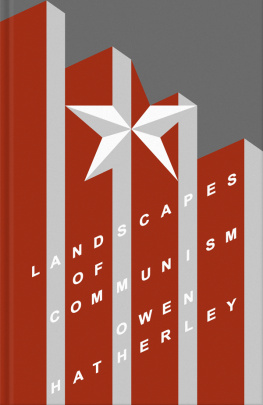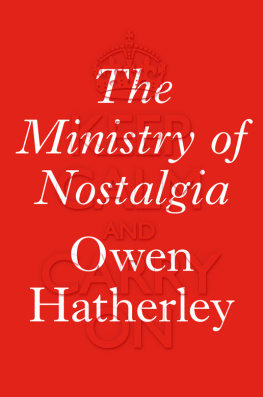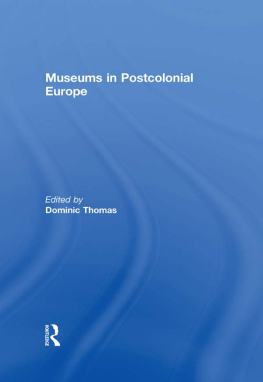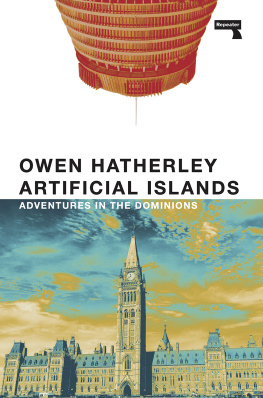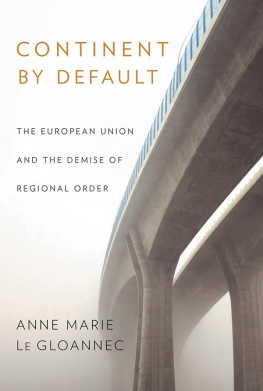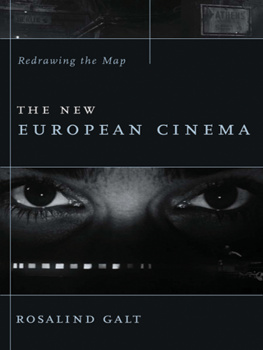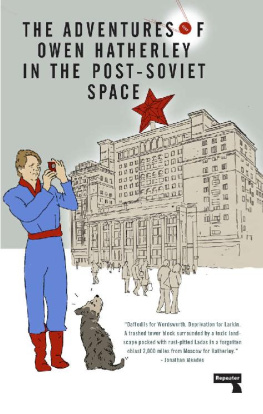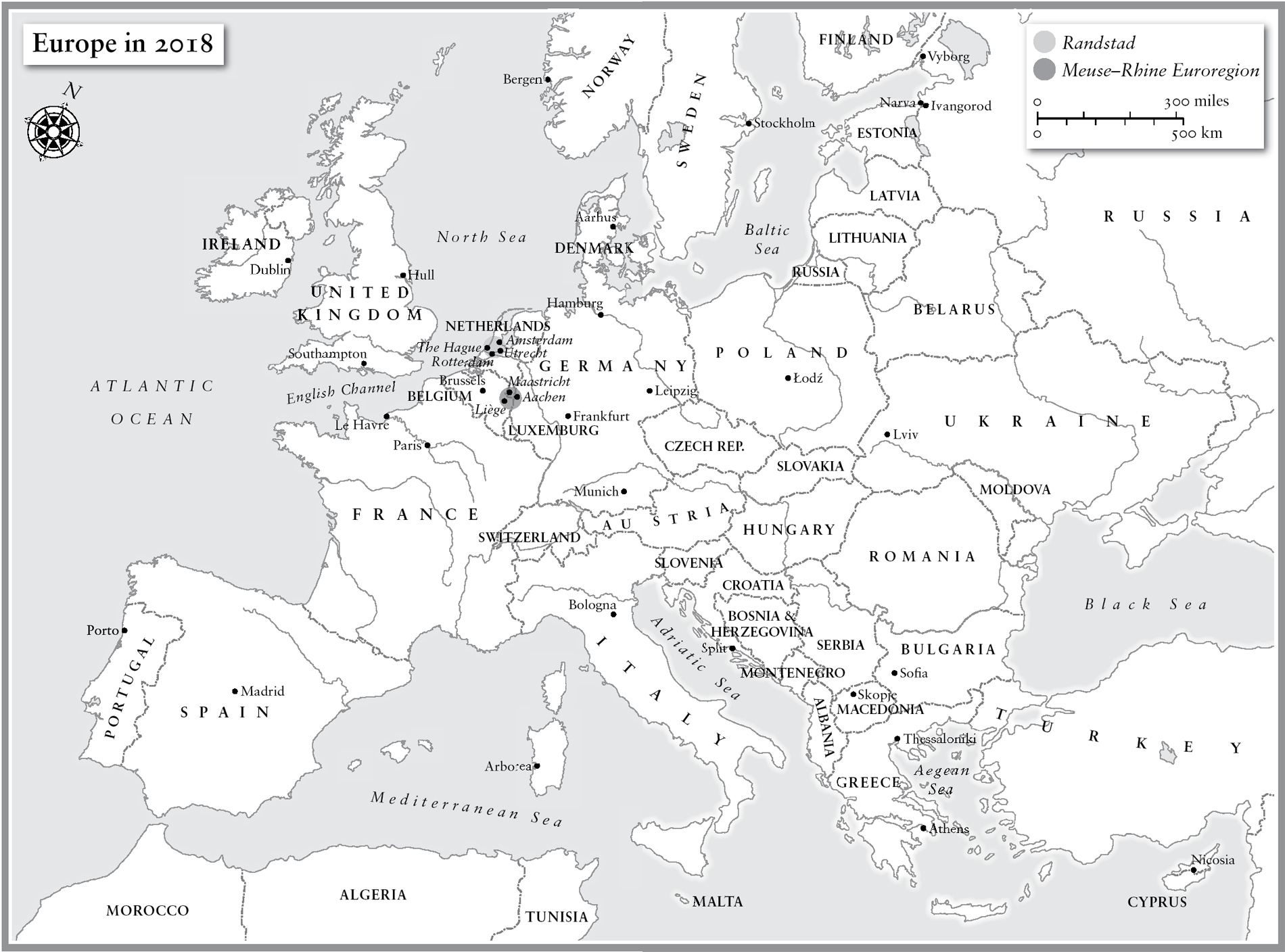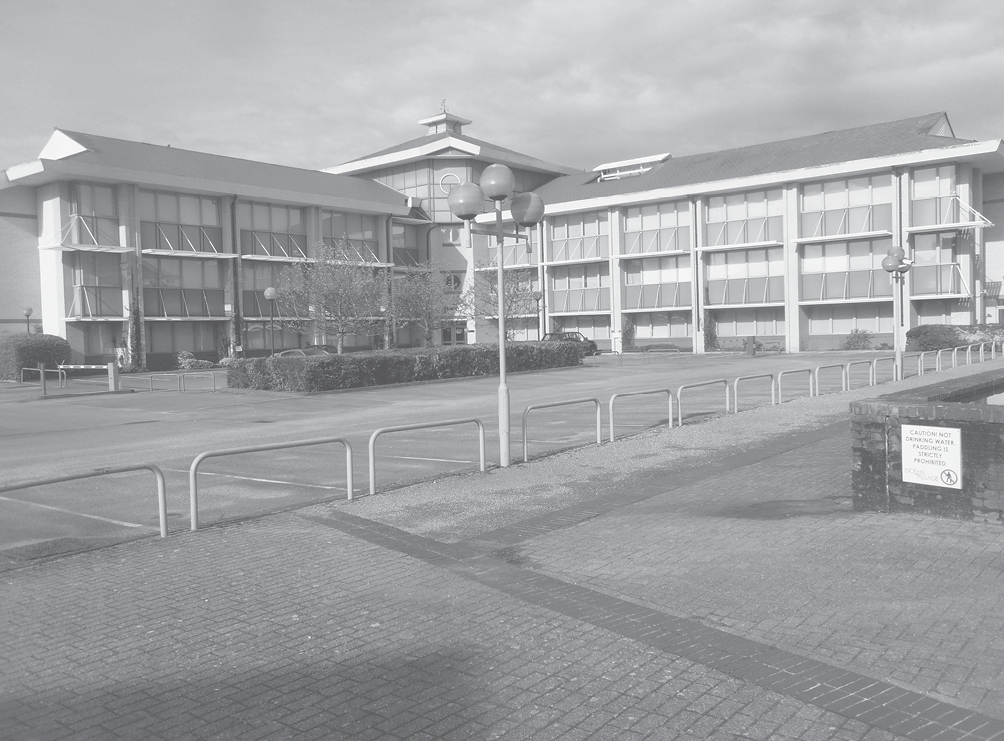Owen Hatherley
TRANS-EUROPE EXPRESS
Tours of a Lost Continent
ALLEN LANE
UK | USA | Canada | Ireland | Australia
India | New Zealand | South Africa
Allen Lane is part of the Penguin Random House group of companies whose addresses can be found at global.penguinrandomhouse.com.
First published 2018
Copyright Owen Hatherley, 2018
All rights reserved
Cover: Silesian Home magazine cover, 1927 by Herbert Bayer (redrawn) DACS 2017
Author photo: Jochen Braun
ISBN: 978-0-141-98596-1
To both of my parents, for different reasons
What have I told you! says W., as we board the train in Frankfurt. This is public space. Pub-lic. That means outside your head. He points to my head. Private. And then out to the world. Public.
W. is a great upholder of this division. Abolish the public/private divide and you abolish civilisation, W. always says. He looks around him contentedly. See how quiet it is in Europe? Its civilised, he says, not like you.
Europe makes him gentler, better, W. says. It improves him. Its the public spaces, he says. Theyre so quiet in Germany. So calm.
Lars Iyer, Spurious
Introduction: What is a European City?
A couple of days after the result of the referendum on Britains membership of the European Union, I visited Southampton, a medium-sized port city on the south coast of England. It had, to my surprise, voted leave, and by roughly the same margin as the country as a whole a little bit over 50 per cent. A rainy walk ended at Ocean Village, a development built in the mid-1980s on a small derelict part of the citys docks, which are unlike those of Liverpool, Bristol or London mostly still in use. Formerly on the site was the late-1940s Ocean Terminal, a streamlined design for the luxury travellers for whom Southampton was a more long-winded precursor to Heathrow, but that was demolished without a second thought in favour of a miserable collection of introverted, pitched-roofed housing complexes in cul-de-sacs and vaguely Postmodernist office blocks surrounded by car parks, with an exurban American-style multiplex cinema and a shopping mall. This latter was one of several car-centred, big-box malls built in the city centre between the 1980s and the present day. The mall was demolished after less than twenty years of existence, and replaced with a skyline of extremely dense luxury flats along a boardwalk, the apartments packed tightly together so that every single inch of rent could be extracted from the site. If you look at the site on a map, you can see a peninsula jutting out into Southampton Water, the estuary that leads to the Solent. But theres no view of the estuary here in any publicly accessible space. Amazingly, the designers of the executive housing estate here managed to create the same sort of insularity youd normally find on the outskirts, near an Asda on the M27. Theres one place you can see out to the sea and contemplate the world beyond a hard-to-find corner, through a fence marked RESIDENTS ONLY. You can still see through the gates, just about.
In 1997, a new building was opened there, called Harbour Lights. I can still recall the excitement. Here was a building that was elegant, confident, oriented towards the water rather than to a parking space, and, most of all, a building that felt European, as much so as the fare of subtitled arthouse movies it served up to the greedy consumption of myself and my friends. It was, I later realized, one of several buildings, often on watersides, that were the harbingers of a Europeanization of urban space in Britain. Bradford would be an Italian hill town, Gateshead would be the new Bilbao, Salford would become as outward-looking as Rotterdam, Sheffield would model its public spaces on Barcelona. Each one of these towns and cities voted in the majority to leave Europe. What went wrong?
Ocean Village, Southampton, gateway to the Empire
It is hard to recall how insular and grim mainstream British architecture was in the 1980s. Yes, a few spectacular or at least original buildings were realized by the likes of Rogers, Stirling or Foster, and, yes, some conservation of nineteenth-century architecture was probably necessary. But the urban redevelopment schemes of that decade, well up until the late 1990s, were pinched and anti-urban, defined no matter how central or dramatic the site by cul-de-sacs, squat mock-Victorian offices and endless surface car parks, all of it based on a paranoid and misanthropic notion of defensible space. This philosophy spanned both left-wing councils and Thatcherite developers. It is astonishing that the architects of Ocean Village didnt think that it was worth bothering to emphasize the bridges, ships and silos of Southampton Water, either for residents or for visitors, but this was the norm at the time. You could find similar stuff in Salford Quays, inner-city Liverpool, Londons Docklands, or along Bristols Floating Harbour. The contrast with European architecture of the same decade is remarkable. There was a reaction to Modernism everywhere on the continent, East, West, North and South, in terms of its aesthetic and the blocks-in-space approach to planning, but the way this reaction was manifest seldom took the British approach. On the contrary, in Berlins IBA, in Palomeras in Madrid, in late-Soviet Riga, in the inner suburbs of Paris, in Sdermalm in Stockholm, the decision was to turn to the nineteenth-century city-block structure, with shops and cafs on the ground floor, flats above and intelligently planned semi-public courtyards in-between. The results were modern and urban, if not Modernist in the ideological, post-war sense.
At some point in the 1990s, British politicians mostly, if not exclusively, Labour noticed the enthusiasm that British planners and architects had acquired for the European city. From their visits to Barcelona and Copenhagen sprang a thousand pavement cafs, gamely placed on drizzly street corners. In emulation of Franois Mitterrands Grands Projets, the Arts Council, armed with ill-gotten gains from the National Lottery, lavished cash on the likes of Southamptons Harbour Lights. Designed by Burrell Foley Fischer, the building was a shift to the modernity that the city had otherwise abandoned in the 1980s. Glass, steel and wood, jutting out in vaguely nautical fashion to provide public views, it was also a very rare new building for culture in a city which had otherwise devoted itself to becoming a giant out-of-town mall for Hampshire suburbia. In many places you wouldnt look twice at it, but here it seemed to suggest a different kind of city. Im sure there are thousands that would say the same about their rather more famous cultural buildings, built in the New Labour decade, even given its high-profile disasters (of which there were many; to name but a few: Manchesters Urbis, West Bromwichs The Public, Sheffields National Centre for Popular Music, all closed and then given new, less arty functions in less than a decade). Yet the new high-rise luxury flats, going up at the time of writing at the other side of Ocean Village, tell the story of why this vision was rejected.


